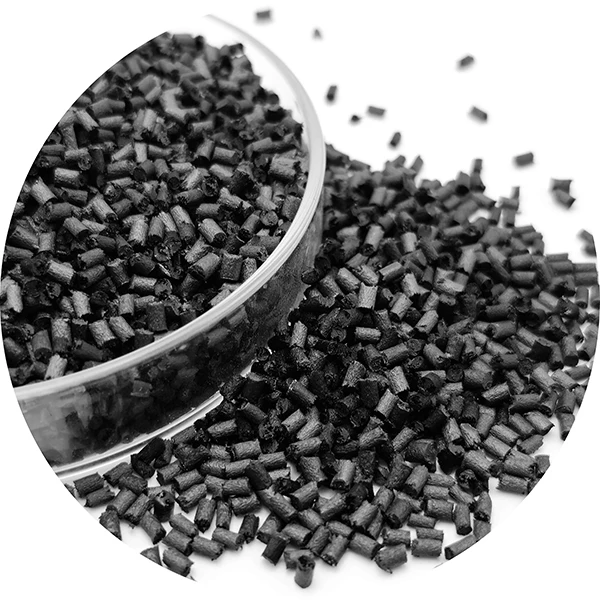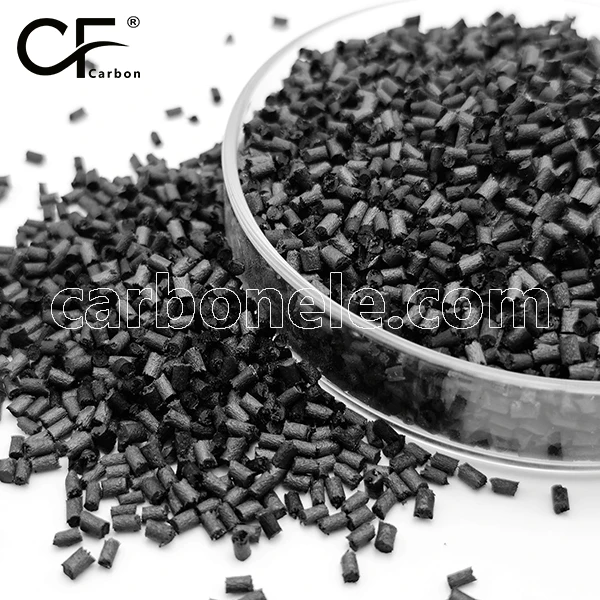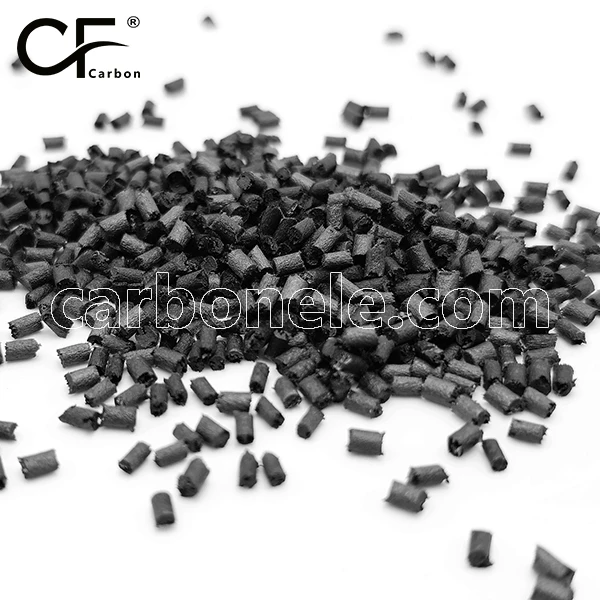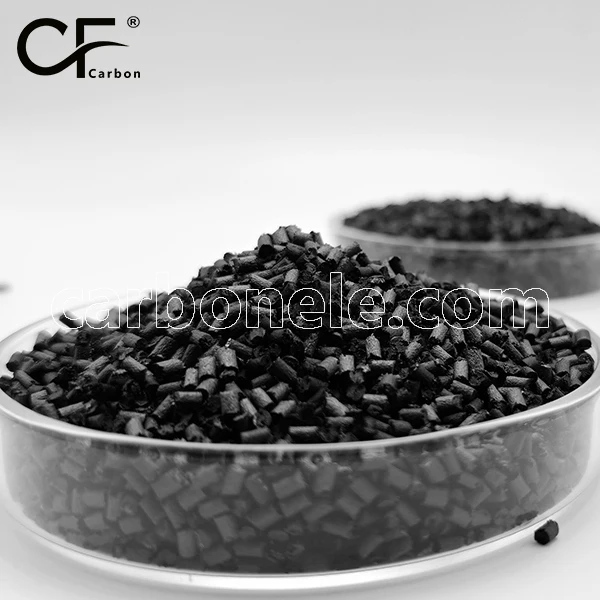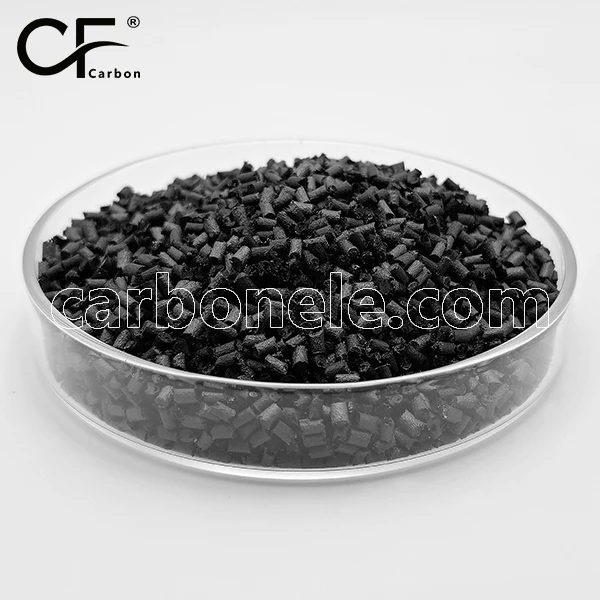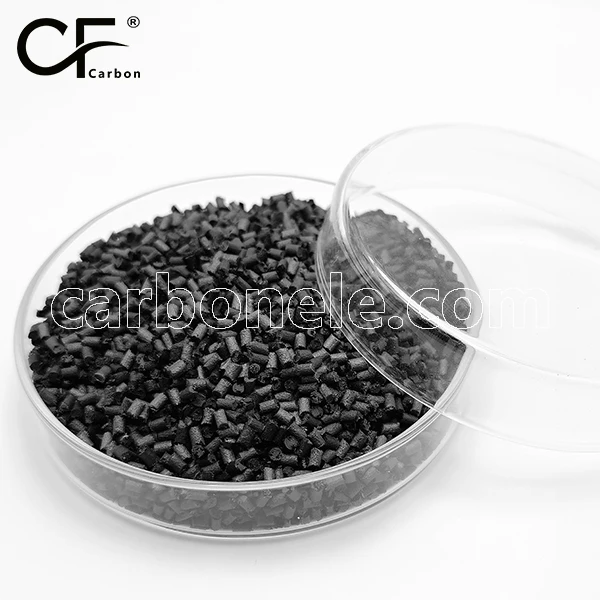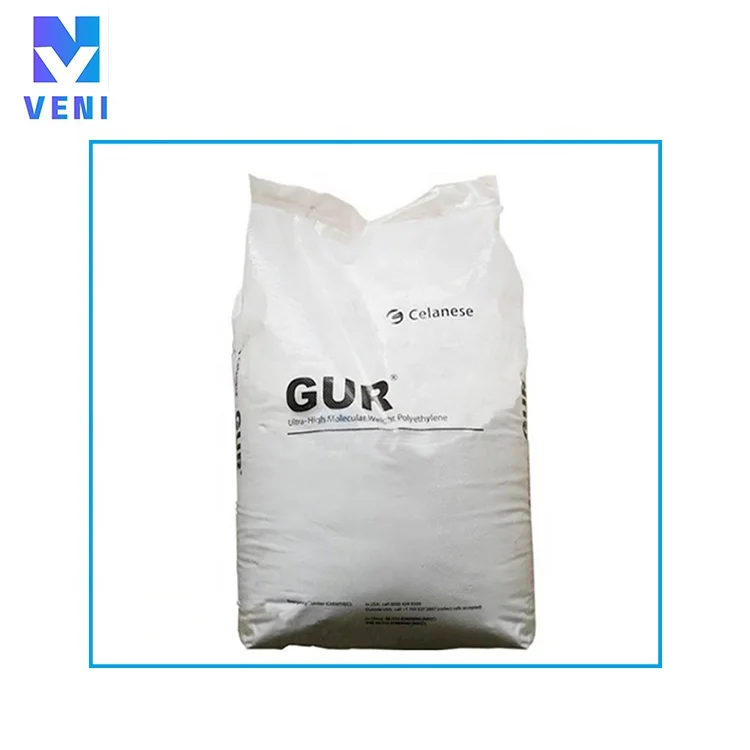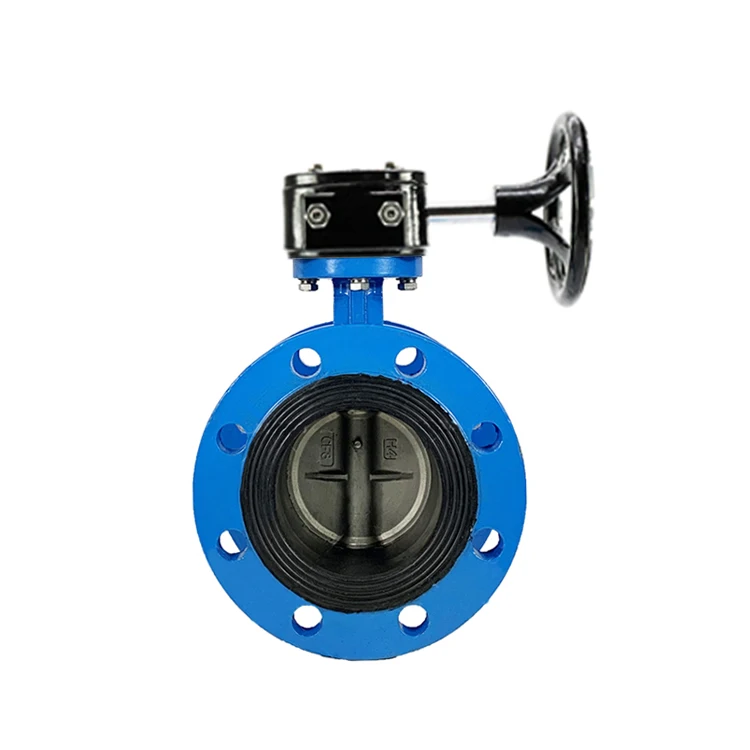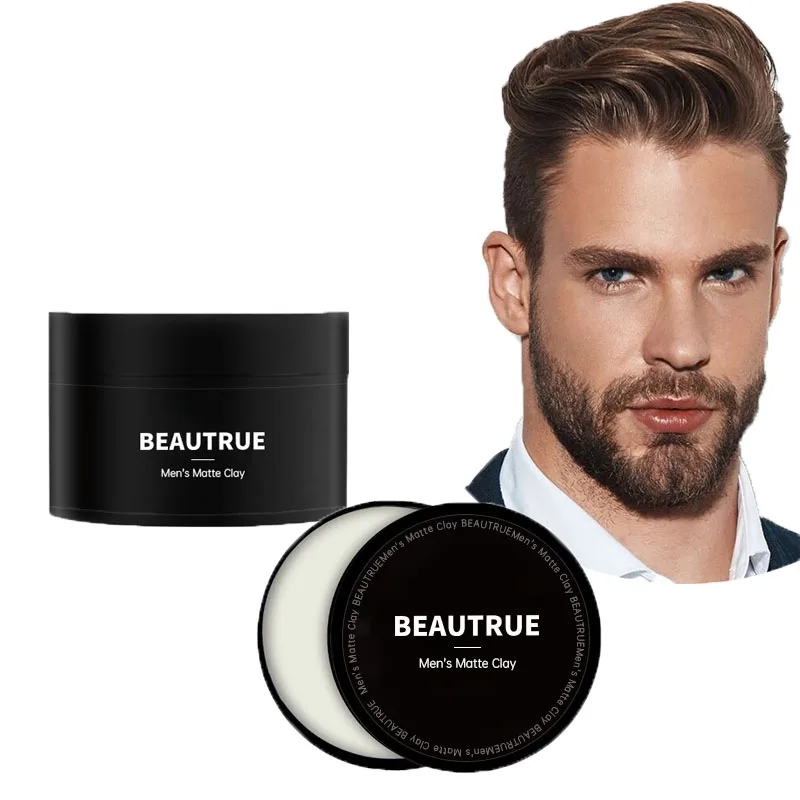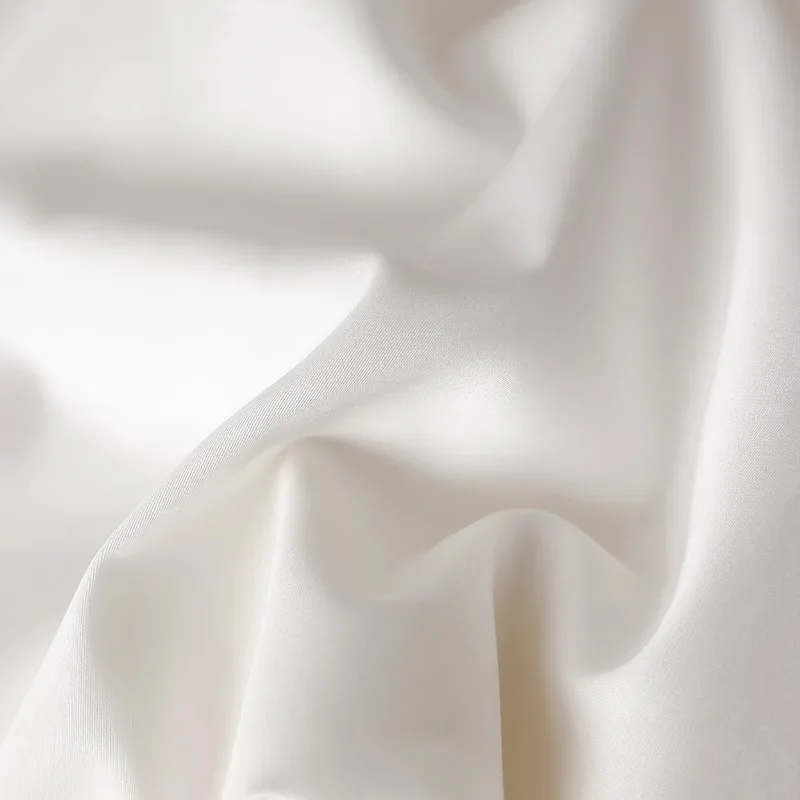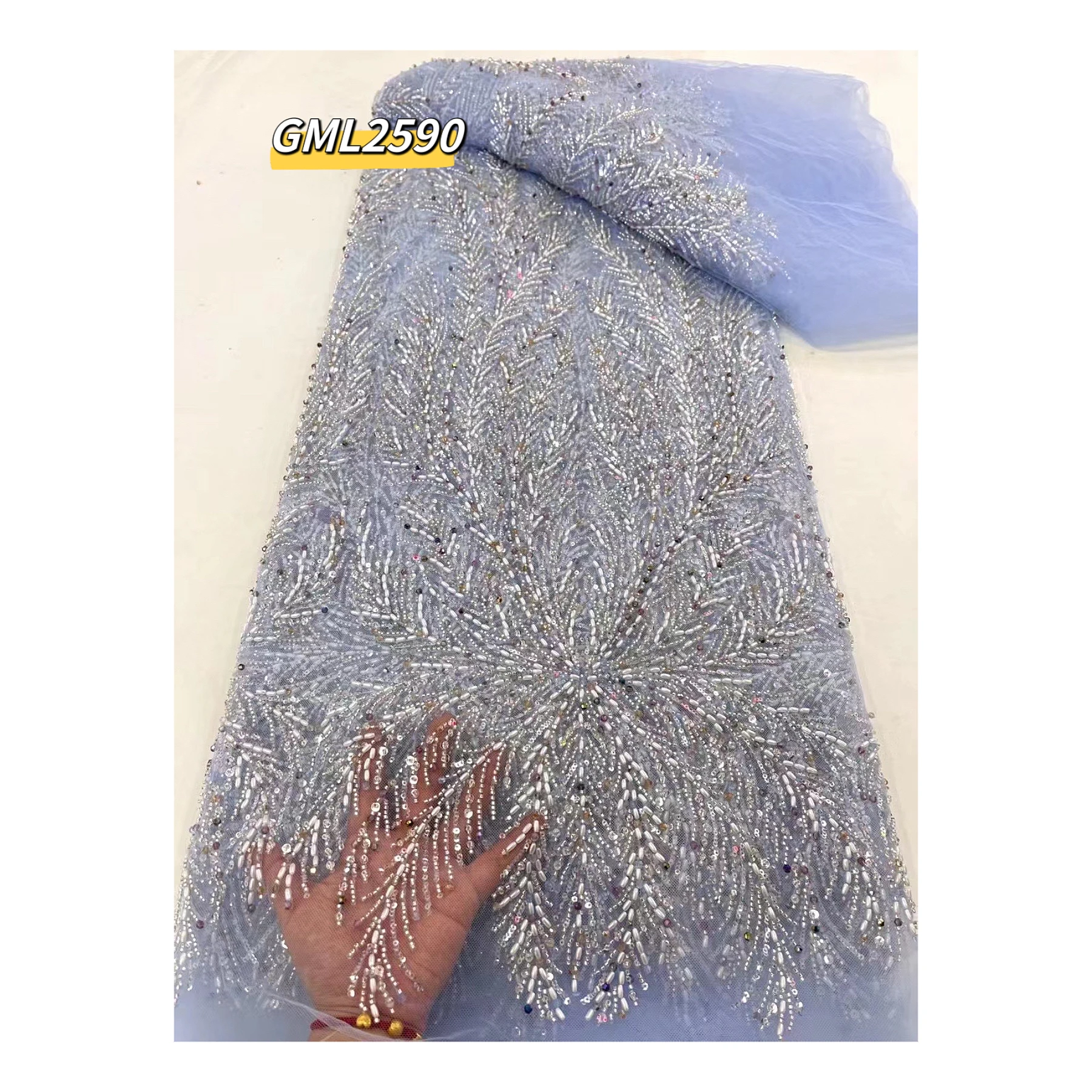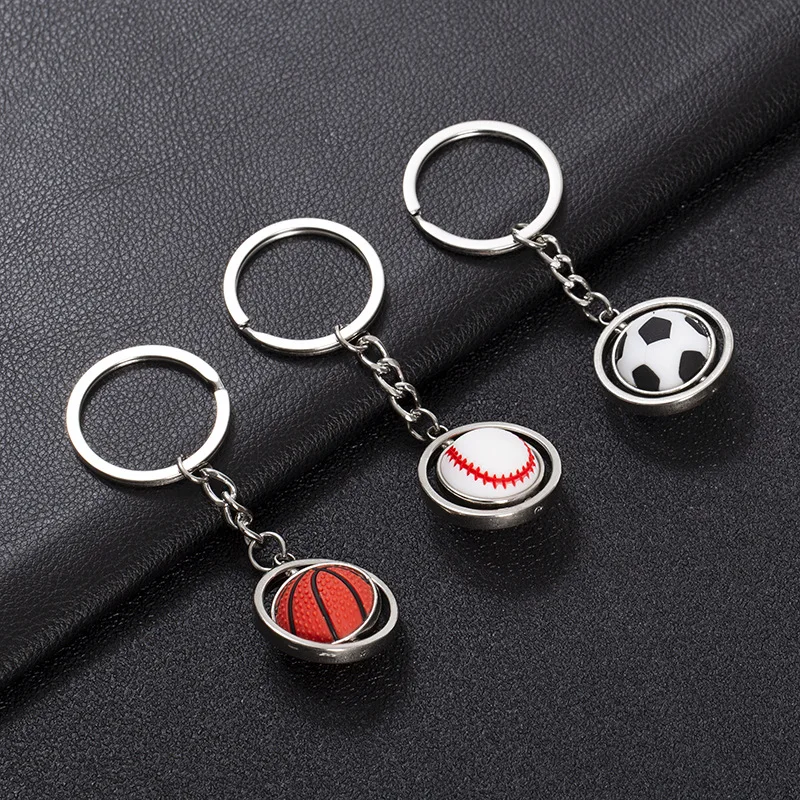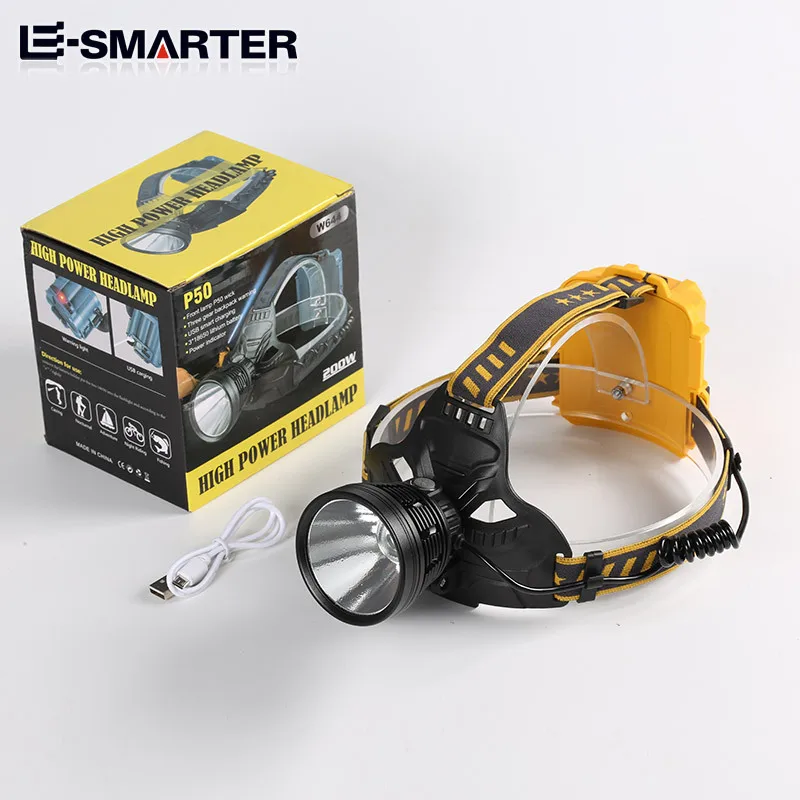Recycled cf pe masterbatch pellet plastic materials pe granules carbon fiber polyethylene injection moulding hdpe granules
- Category: >>>
- Supplier: Carbon (xiamen) New Material Co. Ltd.Carbon Ltd.
Share on (1601352193777):
Product Overview
Description
Product Description
Specification

Model Number | PE-CF-BCA2 |
Matrix Resin | Polyethylene |
Reinforcing Filler | Carbon fiber |
Appearance | Granules |
Characteristics | High strength, chemical resistance, dimensional stability, fatigue resistance, wear resistance, etc. |
Colour | Black |
Place of Origin | China |
Grade | Injection/extrusion grade |
Packaging | 25kgs/bag |
Free Sample | 3-25kgs |
Producer | Carbon (Xiamen) New Material |
Port | Xiamen port |
MOQ | Negotiable |
Material Display


I. Composition and Content
PE CF composite materials are formed by combining polyethylene (PE) with carbon fiber (CF). Among them, PE usually serves as the matrix material with a relatively high content, generally accounting for about 50% - 80% of the total volume. It functions to connect, enclose the carbon fibers and transmit loads, etc. Carbon fiber, as the reinforcing phase, has a content of approximately 20% - 50%. Its filaments or chopped fibers are evenly distributed in the PE matrix, providing high strength and high modulus properties for the composite material.
II. Main Performance Advantages
1. High Strength and Light Weight: Carbon fiber endows the composite material with excellent strength, which can be significantly enhanced compared to ordinary PE materials. Meanwhile, due to the low density of carbon fiber and the light weight of PE itself, the overall material is lightweight, making it suitable for fields such as aerospace and automobiles where weight is a sensitive factor.
2. Good Corrosion Resistance: PE has a certain degree of corrosion resistance. Combined with the chemical stability of carbon fiber, this composite material can maintain good performance in various corrosive environments such as those involving acids and alkalis, and can be applied to components of chemical equipment, etc.
3. Excellent Processing Performance: It inherits the good plasticity and processability of PE. It can be manufactured into various products with complex shapes through multiple processing methods such as extrusion and injection molding, and the cost is relatively controllable, which is conducive to large-scale production.
PE CF composite materials are formed by combining polyethylene (PE) with carbon fiber (CF). Among them, PE usually serves as the matrix material with a relatively high content, generally accounting for about 50% - 80% of the total volume. It functions to connect, enclose the carbon fibers and transmit loads, etc. Carbon fiber, as the reinforcing phase, has a content of approximately 20% - 50%. Its filaments or chopped fibers are evenly distributed in the PE matrix, providing high strength and high modulus properties for the composite material.
II. Main Performance Advantages
1. High Strength and Light Weight: Carbon fiber endows the composite material with excellent strength, which can be significantly enhanced compared to ordinary PE materials. Meanwhile, due to the low density of carbon fiber and the light weight of PE itself, the overall material is lightweight, making it suitable for fields such as aerospace and automobiles where weight is a sensitive factor.
2. Good Corrosion Resistance: PE has a certain degree of corrosion resistance. Combined with the chemical stability of carbon fiber, this composite material can maintain good performance in various corrosive environments such as those involving acids and alkalis, and can be applied to components of chemical equipment, etc.
3. Excellent Processing Performance: It inherits the good plasticity and processability of PE. It can be manufactured into various products with complex shapes through multiple processing methods such as extrusion and injection molding, and the cost is relatively controllable, which is conducive to large-scale production.
Why Choose Us

Carbon Fiber

CFRTP Products

Contact Us

FAQ

Question 1: What are the main application fields of PE CF composite materials?
Answer: PE CF composite materials have a wide range of applications. Due to their high strength and light weight, they are widely used in aerospace, for example, in the manufacturing of aircraft components to reduce the overall weight while maintaining sufficient strength. They are also applied in the automotive industry to make car parts that need to be both strong and lightweight, such as body panels. Additionally, in the sports equipment field, they can be used to produce high-quality tennis rackets, golf clubs, etc., to improve performance.
Question 2: How does the addition of carbon fiber affect the mechanical properties of PE CF composite materials?
Answer: The addition of carbon fiber significantly enhances the mechanical properties of PE CF composite materials. Carbon fiber has high strength and high modulus. When it is incorporated into the PE matrix, it forms a reinforcing structure. The carbon fiber can bear a large amount of load, which effectively increases the overall strength and stiffness of the composite material. Compared to pure PE materials, the tensile strength, compressive strength and flexural strength of PE CF composite materials are all greatly improved.
Question 3: What are the challenges in the processing of PE CF composite materials?
Answer: There are several challenges in the processing of PE CF composite materials. Firstly, ensuring the uniform dispersion of carbon fiber in the PE matrix is not easy. If the carbon fiber is not evenly distributed, it will lead to inconsistent mechanical properties in different parts of the composite material. Secondly, the difference in the melting points and viscosities of PE and carbon fiber requires careful control of processing parameters such as temperature and pressure during extrusion or injection molding processes. Improper control of these parameters may result in poor bonding between the two components or even damage to the carbon fiber, affecting the final quality of the composite material.
Answer: PE CF composite materials have a wide range of applications. Due to their high strength and light weight, they are widely used in aerospace, for example, in the manufacturing of aircraft components to reduce the overall weight while maintaining sufficient strength. They are also applied in the automotive industry to make car parts that need to be both strong and lightweight, such as body panels. Additionally, in the sports equipment field, they can be used to produce high-quality tennis rackets, golf clubs, etc., to improve performance.
Question 2: How does the addition of carbon fiber affect the mechanical properties of PE CF composite materials?
Answer: The addition of carbon fiber significantly enhances the mechanical properties of PE CF composite materials. Carbon fiber has high strength and high modulus. When it is incorporated into the PE matrix, it forms a reinforcing structure. The carbon fiber can bear a large amount of load, which effectively increases the overall strength and stiffness of the composite material. Compared to pure PE materials, the tensile strength, compressive strength and flexural strength of PE CF composite materials are all greatly improved.
Question 3: What are the challenges in the processing of PE CF composite materials?
Answer: There are several challenges in the processing of PE CF composite materials. Firstly, ensuring the uniform dispersion of carbon fiber in the PE matrix is not easy. If the carbon fiber is not evenly distributed, it will lead to inconsistent mechanical properties in different parts of the composite material. Secondly, the difference in the melting points and viscosities of PE and carbon fiber requires careful control of processing parameters such as temperature and pressure during extrusion or injection molding processes. Improper control of these parameters may result in poor bonding between the two components or even damage to the carbon fiber, affecting the final quality of the composite material.
We Recommend
New Arrivals
New products from manufacturers at wholesale prices
